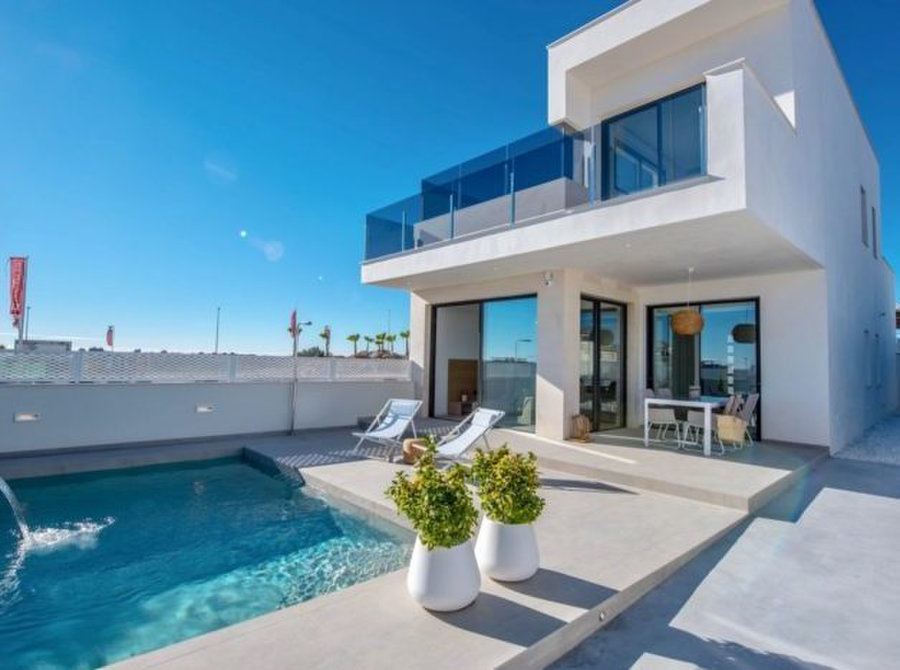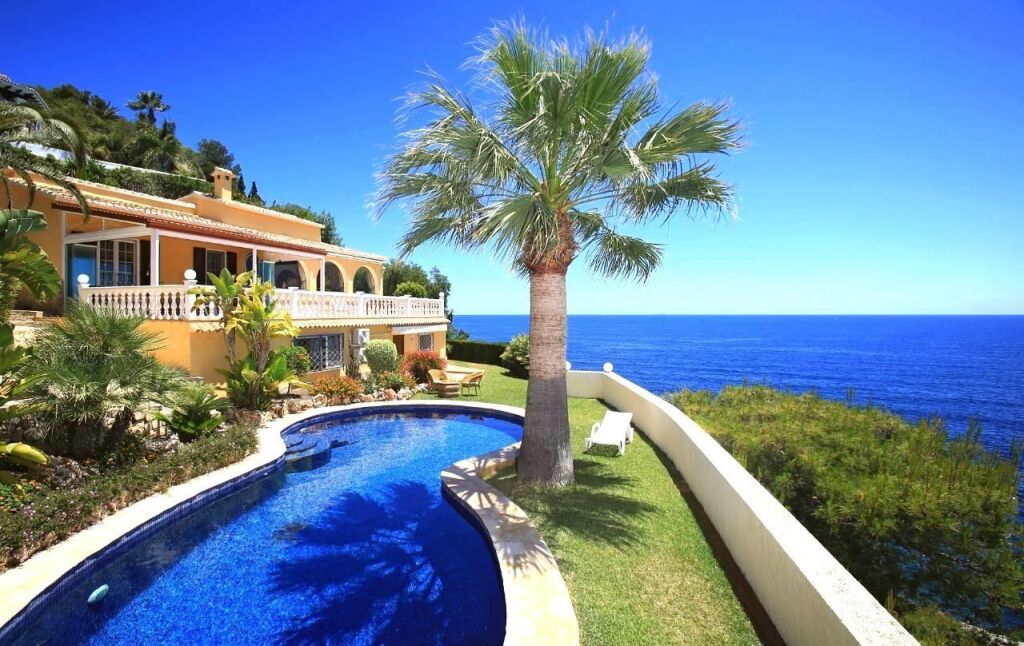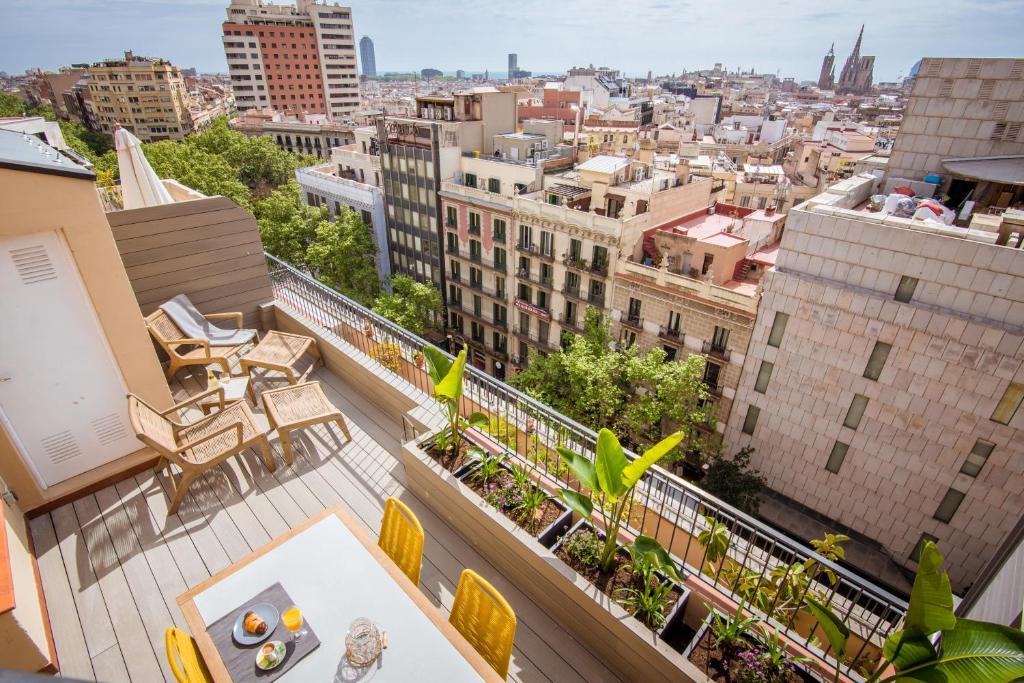Buying property on the Spanish coast remains one of the most popular destinations for foreign investors. The market attracts with its stability, mild climate and attractive legal conditions. Before investing, it is important to study the cost per square metre, tax rates, legislative regulations and price fluctuations.
The benefits of investment: the advantages of buying property on the coast of Spain
The Spanish property market has been shaped by the long development of the tourism industry and foreign investment. Over the past 15 years, there has been a steady increase in house prices, fuelled by urban planning reforms and attractive tax conditions for foreign buyers. The country’s legislation, including the Law on Urban Leases (LAU), ensures the protection of owners’ rights and transparency of transactions.
For example, capital gains tax ranges from 19% to 26% depending on the length of ownership, which makes buying a property on the Spanish coast a profitable decision. Regions with a favourable climate – Costa Dorada, Costa Blanca and others – demonstrate an annual growth in value from 3% to 7%, as confirmed by statistics and reports of major agencies.
Geographical location and climate
The choice of Spain’s coastline for property purchase depends largely on the geographical location and climatic conditions. The country has diverse zones: in the north a cooler climate, in the south – subtropical with 300 days of sunshine a year. Each of the regions also has its own peculiarities:
- Costa Brava. The rocky shores, unique landscape and creative atmosphere attract investors. The average price per square metre is around €2000 and the cheque is around €500,000. The regions are actively developing, and Catalan legislation ensures the transparency of transactions.
- Costa Dorada. The golden sand and well-developed tourist infrastructure make the region a popular choice. Property prices are around €2000 per square metre and the average property is valued at €300,000. The government guarantees protection of buyers’ rights and favourable tax conditions.
- Costa Blanca. White beaches, 320 days of sunshine and affordable prices are the main advantages. The average cost is about €2000 per sq m, the cheque is €300,000. The market is actively supported by municipal investment programmes, which contributes to stable growth.
- Costa Del Sol. Elite property and high level of service. Average price – about €2700 per sq. m, cheque – €600,000. The region’s legislation, supported by the Spanish government, offers tax incentives for investors, which makes this area particularly attractive.
- Barcelona. A city with a resort atmosphere, high standard of living and rich culture. The average cost per square metre starts at €3000, with a cheque of up to €800,000. Barcelona has a developed infrastructure, international airports and a strict legal framework, which ensures the safety of transactions.
Economic efficiency and investment potential
The Spanish coastline for property purchase shows high profitability due to stable demand and growth of tourist flow. Economic efficiency is confirmed by the annual increase in the value of objects from 3% to 7% and high rental income. For example, housing in Barcelona and Costa Del Sol have high liquidity, and the Costa Blanca offers more affordable options with stable price growth. Spanish law protects the rights of investors and the tax system provides for a capital gains commission of 19% to 26% depending on the length of ownership.
Infrastructure, transport and social services
Developed infrastructure plays a key role in choosing a neighbourhood. Regions such as Barcelona and Costa Del Sol have international airports, modern public transport networks, top-class medical facilities and prestigious schools, which make life comfortable for residents and attractive for tenants. For example, El Prat serves more than 50 million passengers per year, which significantly increases the city’s attractiveness to foreign investors. The infrastructure also includes developed shopping centres, restaurants and cultural facilities, which increases the value of properties. Analysis shows that developed neighbourhoods show stable price growth and high liquidity. This confirms that the Spanish coast is an ideal place to buy property.
Legal regulation and tax conditions
The country’s legal framework ensures the transparency of transactions and the protection of owners’ rights. The Law on Urban Leases (LAU) regulates the relationship between owners and tenants, establishing a clear framework for transactions. Capital gains tax for foreign investors ranges from 19% to 26% depending on the period of ownership. Additionally, property commission (Impuesto sobre Bienes Inmuebles) typically ranges from 0.4% to 1.1% of the cadastral value of the property. Legislative reforms and support for government programmes are helping to improve the investment climate.
Development prospects and investment opportunities
 Active infrastructure development, increased tourist traffic and a favourable climate are contributing to further growth in the property market. The Spanish government and local authorities are actively investing in the development of transport and social systems, which increases the attractiveness of the regions for foreign investors. Expert forecasts confirm that the value of objects on the coast of Spain may increase by 5-10% in the next 5 years, which makes this market particularly promising for the formation of portfolios.
Active infrastructure development, increased tourist traffic and a favourable climate are contributing to further growth in the property market. The Spanish government and local authorities are actively investing in the development of transport and social systems, which increases the attractiveness of the regions for foreign investors. Expert forecasts confirm that the value of objects on the coast of Spain may increase by 5-10% in the next 5 years, which makes this market particularly promising for the formation of portfolios.
Investment opportunities are diverse: buying property for permanent residence, renting, commercial projects and development of infrastructure facilities. The Barcelona and Costa Del Sol regions offer luxury properties with high growth potential, while the Costa Blanca and Costa Dorada offer affordable options for capital holders looking for a stable income.
Recommendations on choosing a property on the coast of Spain for purchase and investment strategy
We recommend that you consider the following factors before making a final decision:
- Climate and geographical location. Regions with a mild climate and developed infrastructure, such as Barcelona and the Costa Del Sol, provide a high standard of living and stable demand for property.
- Legal framework and tax conditions. It is important to study the applicable laws, such as LAU and capital gains tax, in order to minimise risks and optimise investment costs.
- Infrastructure and social services. It is worth assessing the presence of transport hubs, international airports, schools and medical facilities, which increase the attractiveness of the housing for tenants.
- Price dynamics and market liquidity. Use data on price growth and rental demand to choose the best region to invest in.
Professional counselling also makes a difference. We recommend contacting experienced real estate agents for up-to-date information and expert evaluation of properties.
Examples of successful transactions and practical calculations
Real cases demonstrate that buying property on the Spanish coast brings a stable income. Example: the purchase of apartments in Barcelona for rent brings an annual return of up to 6%, due to the high tourist flow and demand for housing among students. It is also profitable to buy a villa on the Costa Del Sol, where elite property is rented at a rental rate of up to 7-8% per annum. Calculations show that at an average cost of 1 sq. m. in Barcelona from €3000 and up to €800 000, the investment pays off within 8-10 years, and the capitalisation of the object increases by 5-7% annually.
Conclusion
 Buying property on the Spanish coast provides stable capital growth and high rental income due to favourable climatic conditions, developed infrastructure and legislative support. Practical examples of successful transactions and analytical calculations confirm that investing in this market remains a profitable and promising direction. It is recommended to take into account all factors, conduct thorough analyses, use professional advice and be guided by price growth data and tax conditions.
Buying property on the Spanish coast provides stable capital growth and high rental income due to favourable climatic conditions, developed infrastructure and legislative support. Practical examples of successful transactions and analytical calculations confirm that investing in this market remains a profitable and promising direction. It is recommended to take into account all factors, conduct thorough analyses, use professional advice and be guided by price growth data and tax conditions.
 en
en  ru
ru  de
de  ar
ar  es
es  nl
nl  hi
hi  fr
fr  it
it  pt
pt  el
el 










